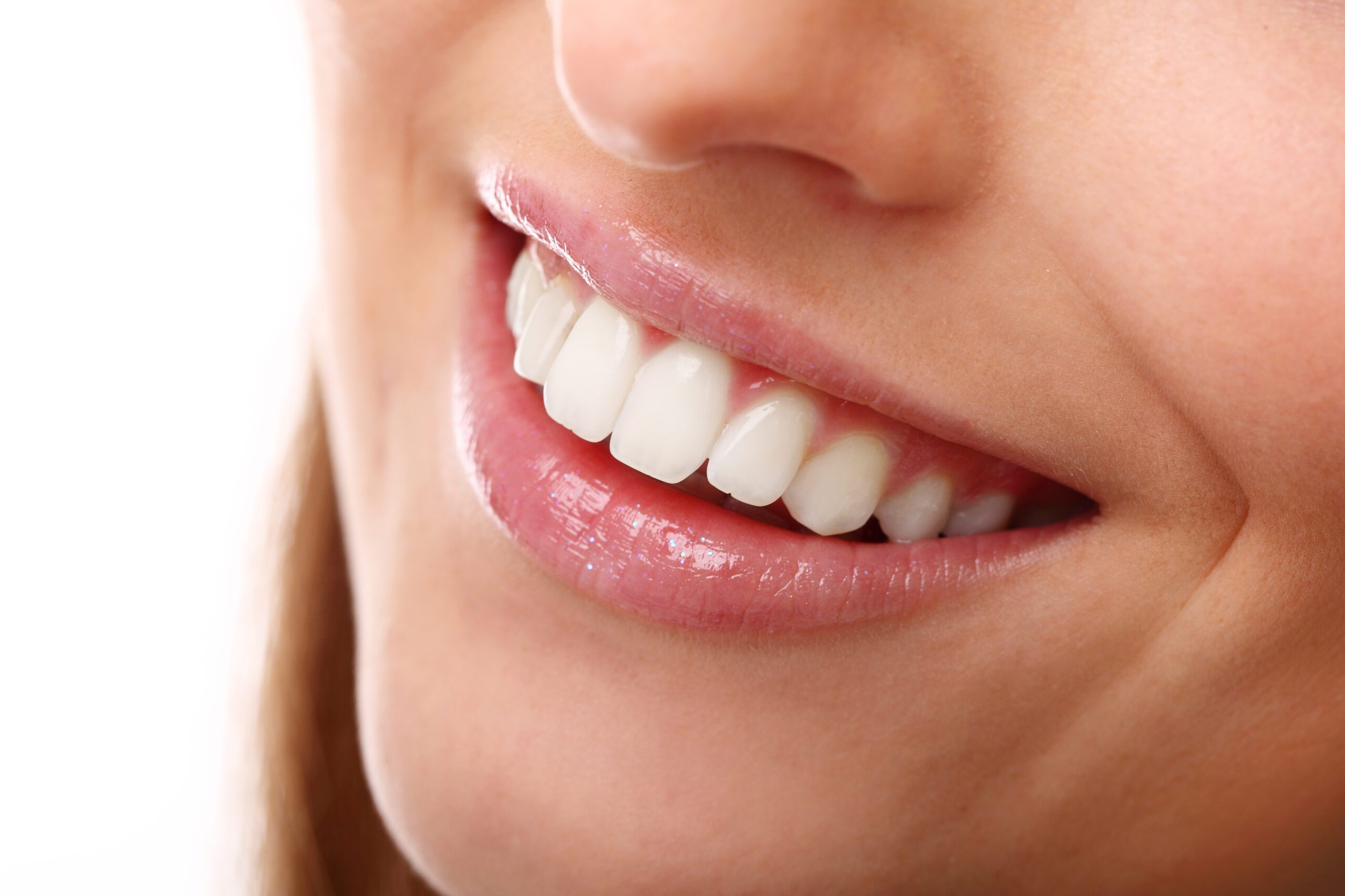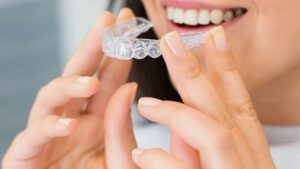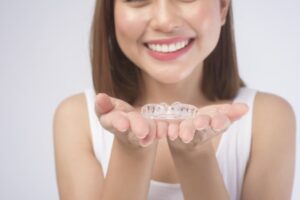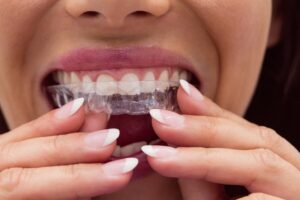One of the cosmetic procedures, which is widely sought after is teeth whitening, because it improves appearance and brings confidence. Because many people wanted to have white teeth and a bright smile, unsafe whiteners began to flood the markets with products containing highly dangerous bleaching agents. For instance, a BBC report established some home teeth-whitening kits contained up to 300 times the recommended level of hydrogen peroxide that is very dangerous to the teeth and can damage the enamel.
In order to assess the risks and come up with better choices, it is essential to look into the basics of the teeth whitening process. This article will look into the science behind the whitening options, the variety of whitening processes, and the possible complications.
Understanding Tooth Discoloration
It is important to understand why teeth become stained before going through the processes of how they can be whitened. There are two main culprits: Extrinsic stains and intrinsic stains.
Extrinsic Stains:
These stains are the ones that occur from habits, substances, and conditions that impact the outermost part of the tooth, which is the enamel layer. The causes can be everyday things like coffee, tea, red wine, tobacco, and certain foods. Plaque is deposited on the outer part of the teeth and may be eliminated if proper techniques of dental hygiene are used.
Intrinsic Stains:
These stains are formed inside the tooth in the dentin beneath the enamel. Factors that may lead to occurrence of the condition include, but not limited to; aging, trauma to the tooth, tetracycline use, and excessive ingestion of fluoride during the tooth developmental stages. Intrinsic stains are deeper and more difficult to remove, hence the need for more powerful whitening techniques.
The Science of How Does Teeth Whitening Work
Whitening depends on a process called oxidation, whereby the molecules of the chemical substances used will disintegrate the stained molecules. Here is a breakdown of the whitening process:
Whitening Agents:
The two active ingredients are hydrogen peroxide and carbamide peroxide, depending on the brand your doctor recommneds. These agents can pass through the surface layer of the enamel and get to the stained molecules. On application, carbamide peroxide itself breaks into hydrogen peroxide and uric, which are involved in the bleaching process, with hydrogen peroxide as the effective bleaching agent.
Oxidation Reaction:
When the peroxide undergoes diffusion in the enamel layer, it bursts into oxygen molecules. These oxygen molecules act as bleachers.
Breaking Down the Stains:
These oxygen molecules chemically interact with the molecules in the stain, leading to the disintegration of the stain molecules. Cells that form a stain shrink when their structure is destroyed. Therefore, they occupy less space When these cells mix with water, they form a lighter color. This simply means the color of the teeth will be lighter or whiter.
The whitening process does not change the tooth structure in any way. It just washes the stain color off, and the color that you are left with is the brighter tooth color.
In-Office vs. At-Home Teeth Whitening
Teeth whitening can be performed in two main settings:
In-Office Whitening (Professional Whitening):
This is operated by a dentist. This procedure requires the use of a stronger whitening agent, such as 35% hydrogen peroxide for about 20–30 min to achieve the intended results faster. Your dentist will use barriers and water-soaked gauze to protect your gums and sensitive tissues of your oral cavity.
At-Home Whitening (Over-the-Counter Whitening):
This option provides different sets, gels, strips, and toothpaste containing generally lower percentages of the whitening substances (carbamide peroxide). It is less effective than professional whitening, but it permits gradual whitening in home mechanisms. A 10% carbamide gel has received the sealing of the American Dental Association. As the effectiveness of the carbamide peroxide is relatively weak due to its lower concentration, several overnight treatments are required in order to bring noticeable changes.
Potential Risks and Considerations for Safe Whitening
Mechanical weakening
In teeth, an inorganic phase composed of calcium phosphate in the form of hydroxyapatite is mixed with an organic matrix, mainly proteins. The chemical and structural interaction of these two components, results in the remarkable mechanical characteristics of teeth concerning hardness and fracture toughness. If a strong bleaching agent like hydrogen peroxide is used, the high concentration will harm the organic matrix in the tooth, especially the dentin. This could result in a mechanical loss of the tooth’s hardness due to a decline in the interlocking of the calcium phosphate crystals.
Tooth sensitivity
The reported side effect, which was observed after power bleaching, was a change in tooth sensitivity. Teeth became more sensitive after the procedure, but the sensitivity subsided after a few days. Bleaching sensitivity appears after the whitening treatment, because small pores and defects at micro-levels occur as a result of the effects of peroxide.
Damage to gums
There are other components used in whitening toothpastes, such as perlite and alumina that are harder than hydroxyapatite (represented in tooth enamel). These components may cause harm to the enamel, exposed dentin, and the gum tissue during the removal of stains and/or by applying pressure during brushing.
A Commitment to Whiteness
Once you’ve achieved your desired whiteness, proper oral hygiene is key to maintaining results.
What you can do:
Brushing and flossing daily reduces the build-up of tartar on the teeth surfaces.
Foods and drinks that are known to cause staining like coffee, tea, and red wine should be limited to minimize re-staining. You can still enjoy your favorite foods and drinks, just make sure to rinse immediately after!
Biannual checkups allow your dentist to assess your teeth and discuss the whitening procedures or maintenance strategies based on your individual needs.
Conclusion
Teeth whitening is a painless and effective procedure that can turn the darkened teeth into pearl white ones. Knowledge of the mechanism of tooth whitening and possible negative side effects can help you choose the most suitable option. If you adhere to certain recommendations of your dentist and maintain good oral hygiene, you would end up with a bright smile.
References
Joiner, A. (2010). Whitening toothpastes: a review of the literature. Journal of dentistry, 38, e17-e24.
Kielbassa, A. M., Maier, M., Gieren, A. K., & Eliav, E. (2015). Tooth sensitivity during and after vital tooth bleaching: A systematic review on an unsolved problem. Quintessence international, 46(10).
Kwon, S. R., & Wertz, P. W. (2015). Review of the mechanism of tooth whitening. Journal of esthetic and restorative dentistry, 27(5), 240-257.
Meireles, S. S., Fontes, S. T., Coimbra, L. A. A., Bona, Á. D., & Demarco, F. F. (2012). Effectiveness of different carbamide peroxide concentrations used for tooth bleaching: an in vitro study. Journal of Applied Oral Science, 20, 186-191.
BBC (2021). ‘Dangerous’ home teeth-whitening kits sold online. Available at: https://www.bbc.com/news/health-57226565







